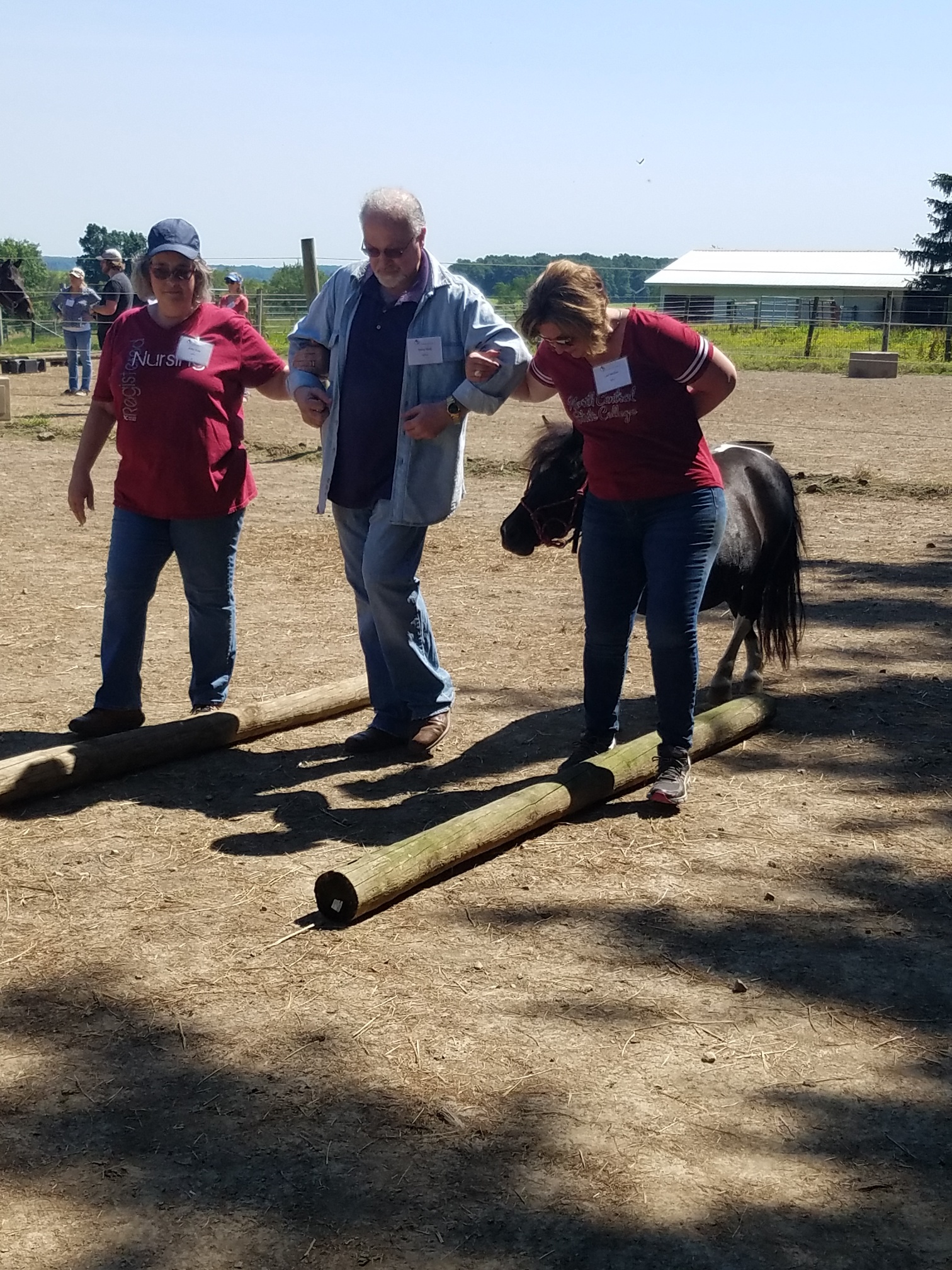
The world hates change, yet it is the only thing that has brought progress. Charles Kettering
NOTE: In light of the ongoing challenges we as a human race are facing with social injustices, I’m reposting this blog from several years ago as I think it is relevant to where we are at this critical inflection point in our world. – Ginny
Recently I was having a conversation with a colleague who is a leader in the community. We were discussing the future of the community from many aspects and what it would take for community leaders to create positive change. Something he said to me was right on target with why so many individuals, organizations and communities struggle to create positive change. He said, “When you ask a group of people the question ‘How many of you think things need to change?’ most everyone’s hand goes up. When you ask ‘How many of you are willing to change?’a lot fewer hands go up.”
It’s human nature to resist change. Change is scary. It’s the unknown. Our brains are literally wired to actively resist change. And let’s face it – it’s uncomfortable. When faced with having to change, we ask ourselves “What if I fail? What if I succeed? How will this affect me?” So how can we become more comfortable with change?
What I’ve learned about facing change is that despite the uncomfortable feeling at the onset and sometimes while moving through it, coming out on the other side is always a growth experience. Does it always come out positive? No. But standing on the brink of necessary change and doing nothing because of fear of what “might” happen is almost guaranteed to have a negative outcome.
If you are facing change, here are some actions to start moving forward:
- Objectively identify the change that needs to happen – enlist others who can give you objective feedback if needed.
- Consider what the outcome will be if you don’t take action to change something.
- Once you decide to step into the change process, develop a plan. Understand that the plan will need to be adaptable so that you can maneuver through unexpected obstacles. Be sure to have an idea in your head of what successful change will look like.
- Identify resources to assist you in the change process.
- Do you have the leadership skills to move through this change? If not, take steps to develop those skills.
- Who needs to be on your team to have the change be successful?
- Know your strengths and the strengths of others on your team.
- Have courage. The people who have created change for themselves and/or their organizations and communities found the courage to step forward into change and believed that they could move through it. We all have the ability to be courageous — sometimes we just need to have someone boost our confidence to see it.
We help people move through change all the time and it’s incredibly rewarding when participants come out of the arena and say “I didn’t realize I could do that.” If you are in the midst of leading change in your organization or community, the first step is taking a step forward. How will you be courageous today in creating change?
Ginny Telego is the President and Chief Facilitator at The Collaboration Partners, a consulting firm that focuses on partnering with horses to offer experiential leadership and team development. A life-long horse addict, she is passionate about helping people become courageous leaders in their organizations and communities by learning from the wisdom of the herd.
